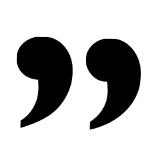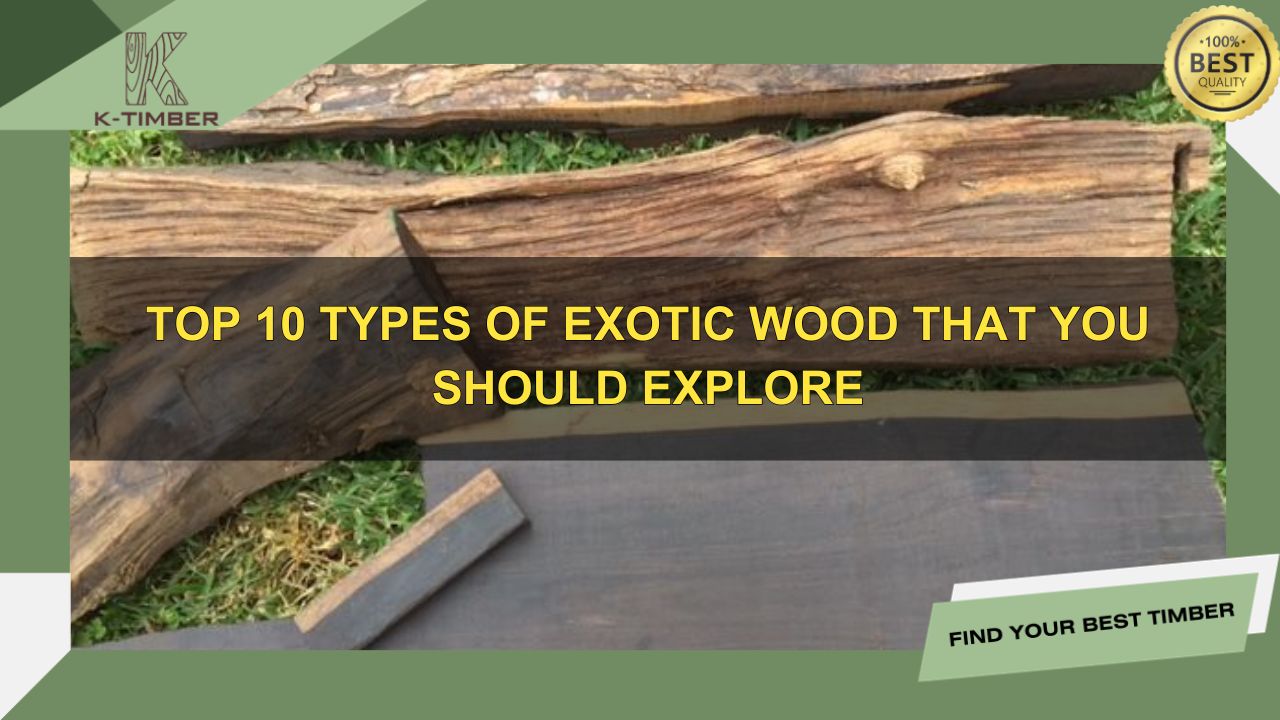Wood comes in a range of shades, from brown and tan to black. Dark woods, in particular, offer a classic and modern touch to any space. In this article, we explore 12 common dark colored wood types, from ebony and sapele to walnut, and show their properties, and versatile uses.

Table of Contents
What is Dark Colored Wood?
Dark colored wood, often called black wood, includes any species with a naturally dark hue, from deep chocolate and reddish brown to black, grey, and purple. This coloration is due to natural properties like lignins and extractives, as well as factors like age, sunlight exposure, and treatments. Valued for their beauty and toughness, these woods are ideal for high-end projects.

Types of Dark Colored Wood & Their Properties, Uses
There are countless species of dark colored woods to choose from. But instead of delving into all of them, we’ll concentrate on the most popular and useful ones.
Jatoba black hardwoods

Jatoba, also known as Brazilian Cherry, is renowned for its rich, reddish-brown color and exceptional hardness. This dense hardwood is ideal for high-traffic areas and fine woodworking. Freshly cut Jatoba has a pinkish-red hue that darkens to a reddish-brown over time, especially with sunlight exposure. Its unique interlocked and wavy grain adds to its appeal, making it a popular choice for flooring, cabinetry, and various woodworking projects.
Cocobolo

Cocobolo is a striking dark colored wood known for its vibrant mix of colors, including deep reds, oranges, purples, and blacks. This dense and hard wood features a fine, interlocked grain that makes it ideal for crafting decorative items and luxury accessories. Cocobolo is highly durable and naturally resistant to rot, making it suitable for both indoor and outdoor use. Its unique appearance and exceptional properties make it a popular choice for high-quality furniture, knife handles, and other fine woodworking projects.
Ebony

Ebony is renowned for its deep, jet-black color, making it one of the darkest and most sought-after woods. Native to Africa and Asia, this dense and hard wood is exceptionally durable but can be challenging to work with due to its hardness. Ebony’s rarity and unique appearance make it highly prized and expensive. It is often used in fine woodworking, inlay work, musical instruments, and small ornamental items. The straight grain and smooth texture of ebony allow for exquisite finishes, enhancing its appeal in luxury applications.
Teak wood

Teak wood, native to southern Asia, is highly valued for its golden-brown to dark-brown color and exceptional durability. Known for its high density, teak is naturally resistant to decay, water, and termites, making it ideal for outdoor furniture and boat decks. Over time, teak darkens to a rich, silvery-gray hue if left untreated. Its straight grain and coarse texture make it relatively easy to work with, although it benefits from regular oiling or sealing to maintain its color and prevent moisture damage. Teak’s combination of beauty and resilience makes it a premium choice for high-quality, durable outdoor applications.
However, this type of dark colored wood is rare and expensive thus, Iroko is usually considered an alternative.
=> Watch more: Iroko wood vs Teak Compared
Cherry wood

Cherry wood is renowned for its warm, reddish-brown color that deepens with age, adding a rich, elegant touch to any project. Its fine, straight grain and smooth texture make it easy to work with, making it a popular choice for furniture, cabinetry, and architectural details. Although cherry wood is moderately dense, it offers good durability. To prevent fading and cracking, it should be kept out of direct sunlight and maintained in a relatively humid environment, with regular oil treatments to preserve its beauty. Cherry wood combines the richness of dark wood with a lighter, inviting aesthetic, perfect for timeless pieces.
American black walnut

American black walnut is valued for its deep, dark brown color with reddish highlights and fine, attractive grain. Easy to work with, it’s perfect for furniture, cabinetry, and accent pieces. Though relatively soft and prone to scratching, it’s best used indoors or with regular maintenance outdoors. Sourced from the Eastern United States, it is durable and resistant to decay but can be susceptible to insects. Its rich color and grain make it a premium choice for furniture, flooring, and decorative items.
Mahogany

Mahogany is a classic hardwood known for its deep reddish-brown color and medium to coarse texture. It’s easy to work with, making it perfect for high-end furniture, cabinetry, and architectural details. Though relatively soft and prone to scratching, mahogany is durable and resistant to rot and insects, ideal for both interior and select outdoor applications. Over time, it darkens, adding a rich, elegant look to any project.
Sapele

Sapele is a hardwood from tropical Africa, known for its deep reddish-brown color with darker streaks. Easier to work with than other dark woods, it’s often used as an affordable alternative to mahogany. Ideal for furniture, cabinetry, flooring, and trim, Sapele’s weather resistance also makes it suitable for outdoor use in siding and decking. Its attractive color and versatility make it popular for many woodworking projects.
Wenge
Wenge is a dark brown wood with black streaks, often appearing almost black. Known for its exceptional density and hardness, Wenge is commonly used in high-quality furniture, flooring, and modern designs. Its coarse texture and striking grain make it both challenging and rewarding to work with. Highly durable and resistant to termites, Wenge is a popular choice for bold, contemporary projects. This African hardwood’s unique appearance and strength make it a standout material for various applications.
Ziricote

Ziricote is an exotic dark wood with rich brown color and striking black streaks. Known for its durability and beautiful grain patterns, it’s highly prized for musical instruments and luxury furniture. While not as rare as some woods, it’s still expensive, often over $100 per board foot. Ziricote’s unique look makes it a favorite for decorative uses.
Purpleheart

Purpleheart is a unique dark wood known for its rich, vibrant purple color that deepens with sunlight exposure. This striking wood is popular for decorative accents and fine woodworking, adding a distinctive touch to any project. Despite its hardness and density, making it challenging to work with, Purpleheart’s excellent moisture resistance makes it suitable for both indoor and outdoor use. Its beautiful color and durability make it a favorite for artistic pieces, inlays, and high-end furniture.
Rosewood

Rosewood is prized for its dark brown to purplish hues and intricate grain patterns. Known for its unique scent and high density, it’s commonly used in high-quality furniture and musical instruments. Though hard and challenging to work with, its durability and rich appearance make it a top choice for luxury projects.
Final Thoughts
Dark colored woods like ebony, sapele, and walnut are famous for their rich hues, durability, and versatility. These woods add a classic and modern touch to any space, making them ideal for high-end furniture, cabinetry, and decorative projects. Each wood type, from the vibrant purpleheart to the elegant rosewood, offers unique properties that cater to various design and functional needs.
Struggling to find the perfect dark wood for your project? Look no further than K-Timber! With over 2 decades of experience, our team of experts can help you find the ideal wood for any application. We offer a wide variety of wood in lumber, slabs, and flooring formats. Contact K-Timber today – your one-stop shop for premium dark wood solutions!











